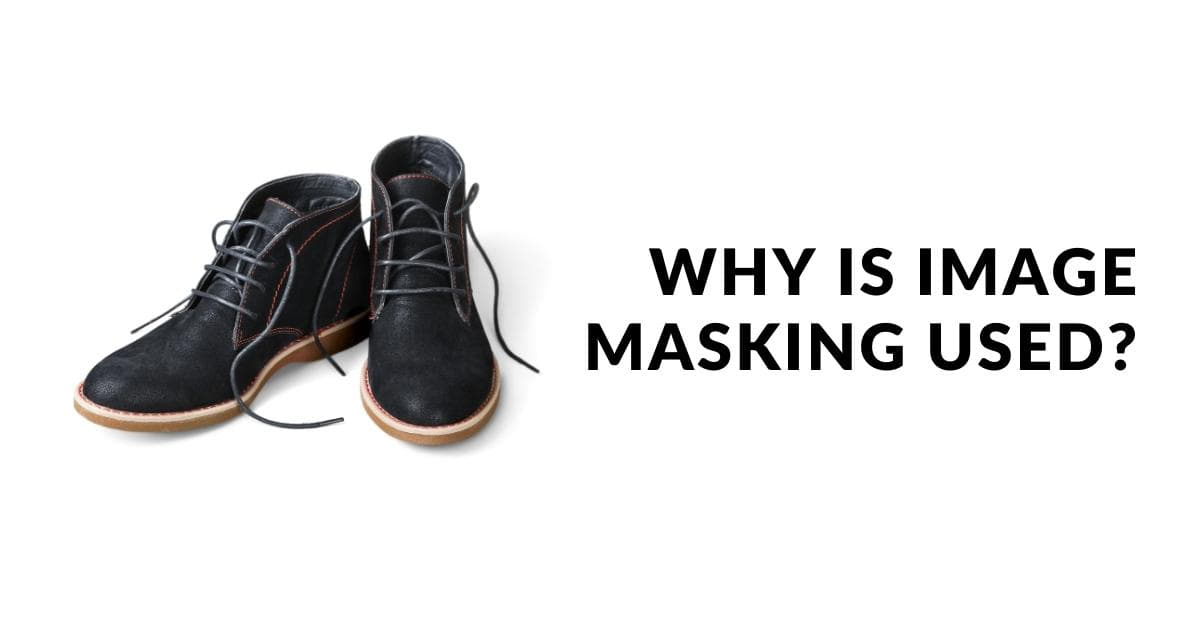In the world of digital imagery, image masking is a powerful technique that has revolutionized the way we manipulate and enhance photos. It’s a method that offers precision and flexibility in isolating and editing specific parts of an image. Whether you’re a photographer, graphic designer, or simply an enthusiast looking to understand the magic behind professional photo editing, understanding why image masking is used is essential.
Why Is Image Masking Used?
Image masking is a widely-used technique for several reasons, each contributing to its popularity among professionals in the field:
1. Precision in Isolation:
Image masking allows for the precise isolation of elements within an image. Whether it’s a person, object, or intricate details like hair or fur, image masking can separate them from the background, preserving fine details that would be otherwise challenging to achieve using other methods.
2. Seamless Background Removal:
The primary application of image masking is in the removal of backgrounds. Whether you want to replace a dull sky with a beautiful sunset or create a product image with a transparent background for e-commerce, image masking makes it possible to achieve flawless, edge-to-edge results.
3. Non-Destructive Editing:
Unlike some other editing techniques that permanently alter the image, image masking is non-destructive. This means you can always go back and refine the editing or revert to the original image if needed. It’s a flexible approach that allows for experimentation without the fear of irreversible changes.
4. Complex Shape Handling:
Complex shapes and intricate details can be a challenge to work with, especially when dealing with traditional selection tools. Image masking excels at handling these elements, such as hair, feathers, or transparent objects like glass or water.
5. Transparent and Semi-Transparent Objects:
Image masking is perfect for retaining the transparency of objects like glassware, water droplets, or semi-transparent fabrics, providing a realistic and professional touch to the final image.
6. Layer Compositing:
Image masking is essential for compositing multiple images or objects together seamlessly. It allows for the creation of visually stunning compositions by combining various elements with precision.
7. Selective Editing:
When you want to apply different levels of editing to different parts of an image, image masking is the solution. You can adjust contrast, brightness, or apply various filters selectively to specific areas.
8. Consistent and Professional Results:
The use of image masking guarantees a high level of professionalism and consistency in image editing. This is especially important for businesses and individuals looking to make a strong visual impact in advertising, e-commerce, or other visual content.
FAQs
Q1. What is the difference between image masking and image cropping?
A1: Image masking allows for precise isolation of objects from the background while preserving fine details, whereas image cropping simply trims an image, removing parts of it without maintaining any level of detail.
Q2. How can I choose the right image masking technique for my project?
A2: The choice of technique depends on the image and the desired outcome. Layer masks are great for non-destructive edits, while clipping masks are perfect for background removal. Complex images may require advanced techniques like alpha channel masking.
Q3. Can image masking be automated through software?
A3: Yes, many professional image editing software tools offer automated masking features. However, complex or intricate images often benefit from manual masking by skilled professionals for the best results.
Q4. What is the importance of a transparent background in e-commerce product images?
A4: A transparent background in product images allows for versatile product display on various websites, making it easy to integrate into different backgrounds and layouts without a white or colored box around the product.
Q5. How do I learn image masking techniques?
A5: You can start by exploring online tutorials and courses for image masking using software like Photoshop or GIMP. Practice and experimentation are key to mastering this skill.
Conclusion
Image masking is a versatile and indispensable tool for anyone involved in image editing, from photographers to graphic designers and beyond. It offers precision, flexibility, and non-destructive editing, allowing professionals to achieve stunning results. Understanding the ‘why’ behind image masking is the first step toward harnessing its power and creating images that stand out in a competitive visual world.
This page was last edited on 27 December 2023, at 9:00 am
